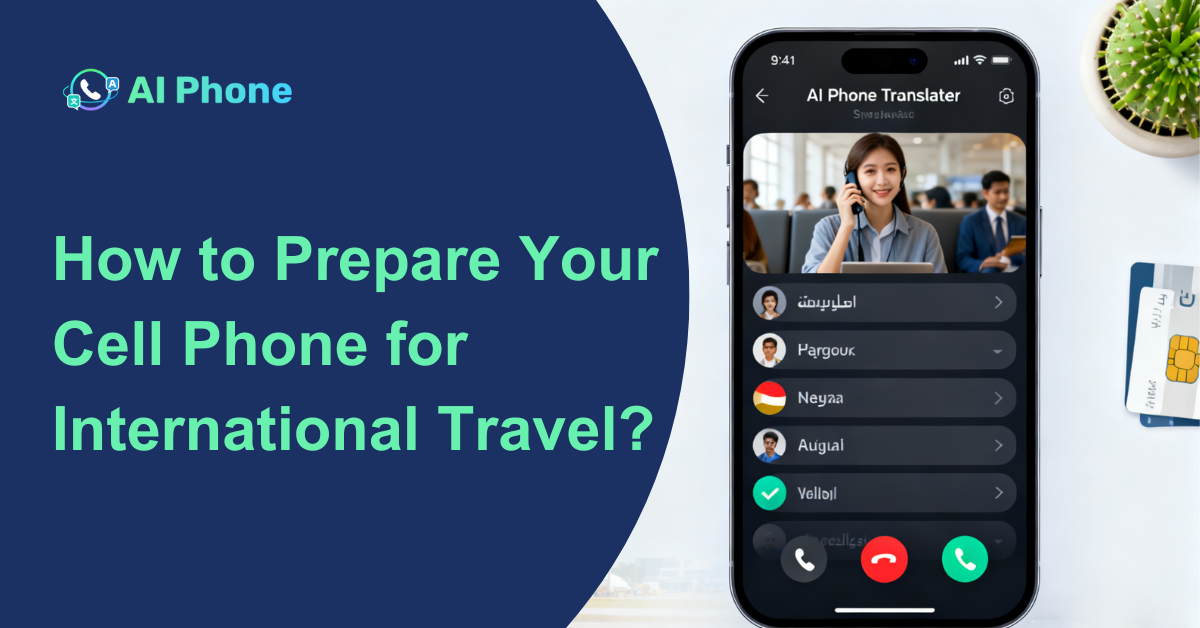A Practical Guide for 2025
Whether it’s expanding overseas, collaborating academically, or preparing documentation for visas and immigration, translation is often a necessary step. But before people start looking for translation services, many run into the same question:
“How much does professional translation actually cost—and how much should I budget?”
There’s no fixed industry-wide price. Rates vary widely depending on the content type, language pair, level of expertise required, and turnaround time. This guide breaks down the current cost structure of professional translation services, real market price ranges, and smart ways to plan your translation budget. We’ll also introduce a more flexible and cost-effective alternative for certain scenarios.
1. Common Pricing Models in Professional Translation
Different agencies use different pricing methods, but the following are the most common:
1. Per Word
This is the most widely used pricing model, especially for English and major language pairs.
- General content: $0.08–$0.15 per word
- Business/technical content: $0.15–$0.25 per word
- Highly specialized content (legal, medical, financial): $0.25–$0.40 per word
Rare or high-demand languages (Japanese, Arabic, Nordic languages) often cost more.
2. Per Page
Used for documents such as certificates, diplomas, birth records, or scanned PDFs.
Typical range: $25–$100 per page
Depending on layout complexity and whether certification or notarization is required.
3. Per Hour
Common for multimedia work, subtitles, terminology management, or localization tasks.
$30–$100+ per hour
4. Project-Based Pricing
Used for large translation volumes or multi-language localization projects. Prices typically include:
- Translation
- Editing & proofreading
- Quality review
- Project management
- Multilingual DTP (desktop publishing)
2. Key Factors That Affect Translation Costs
It’s not unusual for two agencies to give you quotes that differ by 2× for the same document. Why? It largely depends on these factors.
1. Content complexity
The more technical the text, the higher the cost due to accuracy and terminology consistency requirements.
- General: emails, marketing copy, simple documents
- Highly specialized: contracts, engineering specs, medical reports, financial statements
2. Language pair
The rarer the language, the higher the rate.
- English ↔ Chinese: relatively affordable
- English ↔ Arabic/Danish/Swedish: medium to high
- Tibetan, Hebrew, Icelandic: significantly higher
3. File editability
Scans or photos require OCR and layout reconstruction.
Scanned files cost 20%–50% more than editable Word documents.
4. Rush fees
Urgent projects often require 20%–100% additional charges.
3. Realistic Cost Examples
1. Visa documents / diploma certification
- 2–3 pages
- Estimated cost: $60–$180
2. Legal business contract
- ~3,000–4,000 words
- High specialization, includes proofreading
- Estimated cost: $600–$1,400
3. Company website localization (EN → multiple languages)
- ~10,000 words
- Includes multilingual translation + quality review
- Estimated cost: $1,000–$3,000+
These price ranges come from 2024–2025 industry surveys and are considered stable within the market.
4. Want to Lower Costs? Consider MTPE
(Machine Translation + Human Editing)
MTPE has become a popular choice among many companies. Its advantages:
- 30%–60% cheaper than human-only translation
- Higher quality than pure machine translation
- Great for large volumes of medium-difficulty content (FAQs, internal docs)
However, legal and high-stakes documents should still be fully human-translated.
5. Situations Where You Don’t Need “Paid Translation”
Many everyday cross-language situations don’t require official translated documents—and paying hundreds of dollars for a translator isn’t necessary. For example:
- Confirming a shipping address with an overseas client
- Receiving a voice message in a language you don’t understand
- Needing to quickly understand what someone said on a call
- Last-minute cross-language discussions in meetings
- Reading foreign-language emails and extracting key points
For these scenarios, faster and more flexible tools often make more sense than traditional translation services.
6. When Formal Translation Isn’t Required:
AI Phone as a More Flexible, More Affordable Option
For daily cross-language communication, AI Phone’s real-time translation capabilities can dramatically reduce both time and cost. Compared to traditional translation or interpretation services, AI Phone shines in dynamic, conversational use cases such as:
1. Real-time voice/video call translation
Works with major apps like WhatsApp, WeChat, Telegram, and more.
You get dual-language subtitles + real-time voice translation.
Perfect for:
- Clarifying requirements with foreign clients
- Cross-language team calls
- Spontaneous communication needs
Much more affordable and flexible than hiring an interpreter.
2. Text-to-speech + automatic key information highlighting
Enter a phone number, email, address, or name—the system will translate it and play it aloud for the other party, while automatically highlighting the critical parts.
This helps avoid misunderstandings, especially in business conversations.
3. Smart call summaries & history logs
After each call, AI Phone generates a concise summary so you can quickly capture key points.
If you often need to double-check information, this saves significant time and effort.
4. Photo & document translation
Just take a photo of a menu, contract, form, or packaging label—AI Phone translates it instantly.
No need to pay extra fees for OCR or formatting.
5. Support for 150+ languages and accents
Ideal for frequent cross-language communication, offering flexibility beyond traditional translation services.
In short, if what you need is live, conversational, or informal translation, not certified legal or publishing-level translation, AI Phone can be far more efficient and cost-effective.
7. Final Thoughts: Decide Whether You Really Need “Paid Translation”
Professional translation may cost anywhere from a few dozen to a few thousand dollars, depending on your needs. Here’s an easy way to decide:
- Official use (legal, government, publishing):
Hire professional human translators. - Informal use (internal communication, quick comprehension, meetings):
Real-time translation tools like AI Phone are more efficient. - Large volumes of repetitive content:
MTPE offers the best cost-performance ratio. - Limited budget:
Use AI tools first, then let a human editor polish the final version.
In other words, translation doesn’t always have to be expensive. With the right workflow and tools, you can control your costs while keeping quality high.

